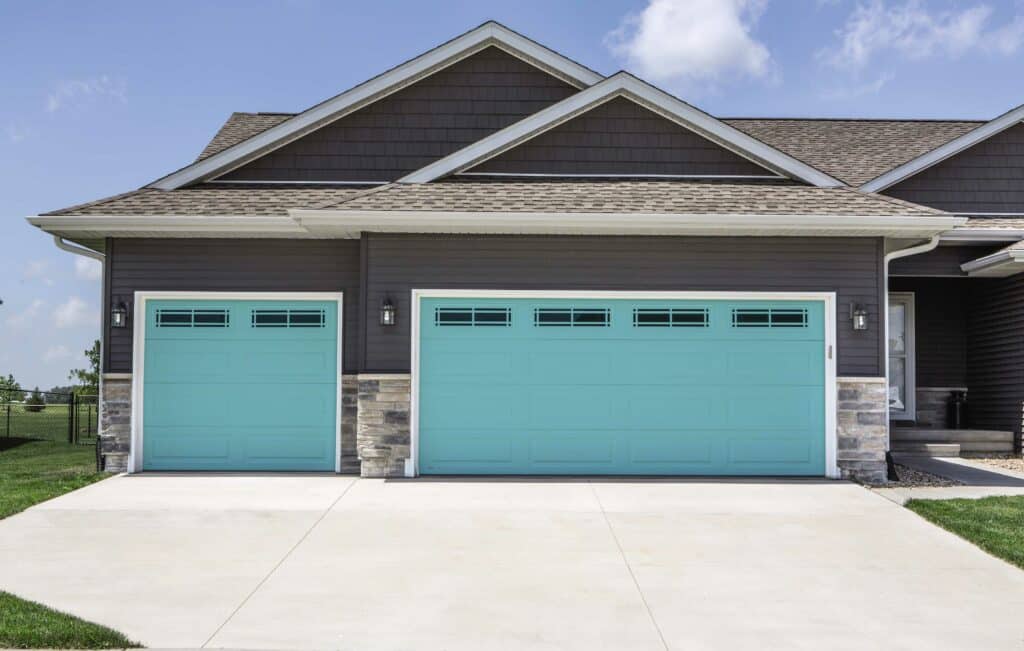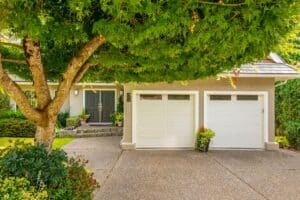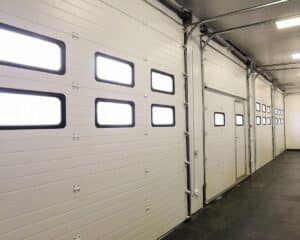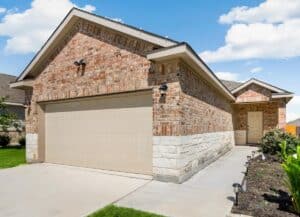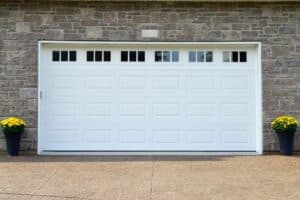Selecting the right color for your garage door is more than just a matter of taste—it’s a window into your personality and an opportunity to enhance your home’s curb appeal. In this exploration, we delve into how different hues can influence both mood and style, setting the tone for your entire property.
Reflect Your Personality with Color Choices
Colors speak volumes about your individuality and preferences. Choosing a bold red for your garage door might convey a sense of vibrant energy and passion, perfect for someone who loves to stand out and embrace life’s adventures. This color can transform the facade of your home, making it a landmark of liveliness in your neighborhood.
On the other hand, a soft blue garage door could suggest serenity and stability, indicating a peaceful, calm demeanor. Blue, often associated with the sky and sea, evokes a tranquil and soothing atmosphere, ideal for homes aiming to be a sanctuary amidst the chaos of everyday life.
For those who prefer a touch of elegance and mystery, a deep black garage door can be striking. It represents sophistication and strength, making a dramatic statement that pairs well with modern architectural elements or stark color contrasts in exterior paint.
Conversely, a bright white garage door resonates with purity and simplicity. It can reflect a meticulous and orderly personality, shining bright and clean, and often inspiring a sense of spaciousness and openness.
Each color choice reflects facets of your personality, offering a glimpse of who you are to the world outside. Whether you’re looking to express your vibrant energy, serene stability, sophisticated strength, or pristine simplicity, your garage door can serve as a canvas that displays your personal style to every passerby.
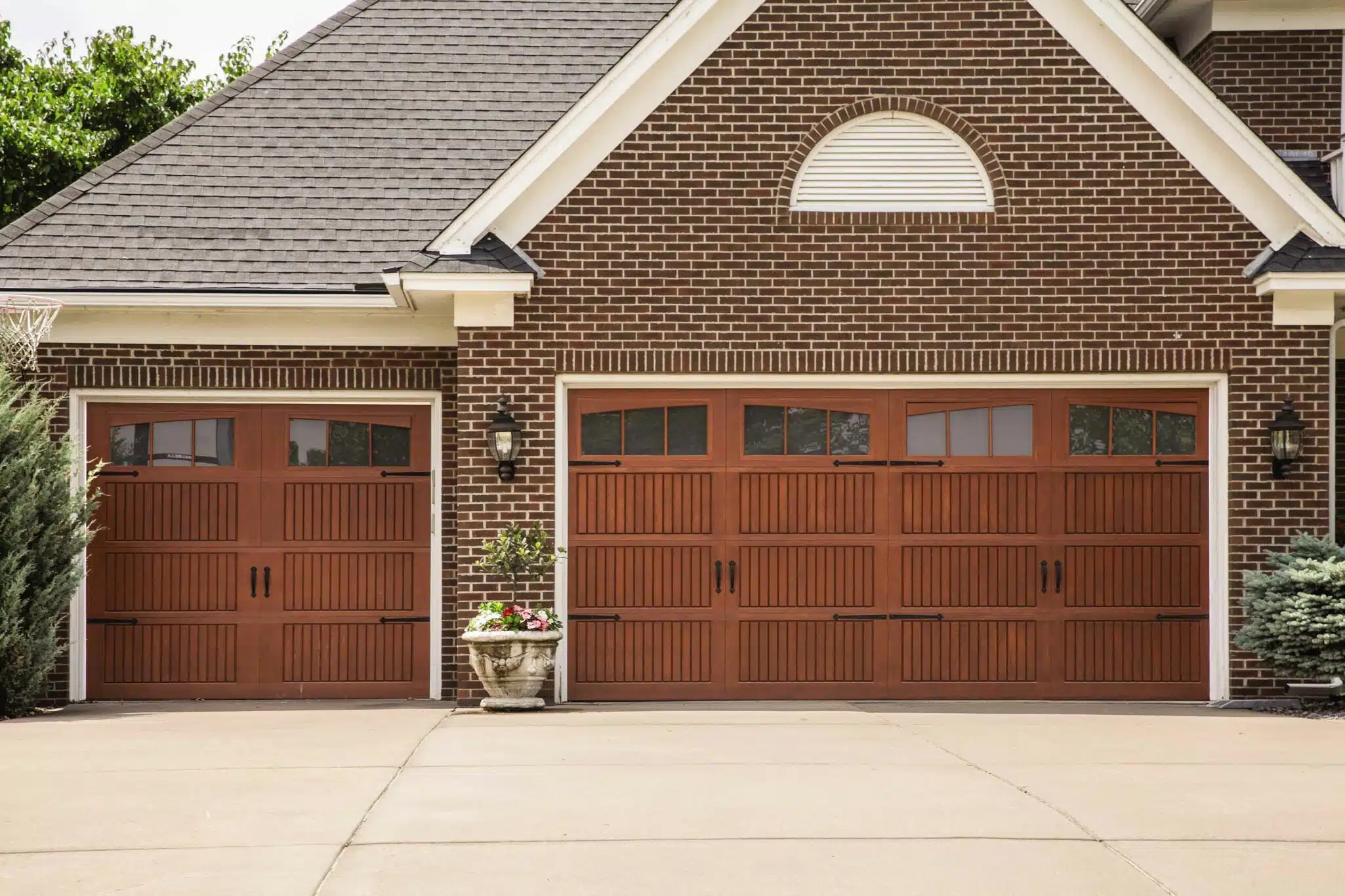
Enhance Mood with Strategic Hues
Colors possess the remarkable ability to influence our emotions and overall mood. The strategic choice of color for your garage door can create an atmosphere that enhances how you and others feel when viewing your home.
Bright, sunny yellows radiate warmth and optimism, perfect for lifting spirits. A garage door painted in a cheerful yellow can invoke a sense of happiness and energy, making it an excellent choice for those who wish to foster a welcoming, friendly environment around their home.
In contrast, earthy greens resonate with a sense of tranquility and harmony. These colors blend seamlessly with natural landscapes, enhancing the beauty of your outdoor spaces and promoting a feeling of relaxation and connection with nature. Green hues are soothing to the eye and can help reduce stress, making them ideal for homes in lush, verdant areas or for homeowners seeking a peaceful retreat from the bustling world.
Additionally, soft grays can also play a significant role in mood enhancement. They provide a neutral backdrop that is both modern and understated, facilitating a sense of balance and neutrality. This color is particularly effective in areas with a minimalist or contemporary design aesthetic, promoting a calm, collected atmosphere.
By carefully selecting the hue of your garage door, you can subtly influence the mood of your home, making it a more joyful or peaceful space depending on your color choice.
Boost Curb Appeal with the Right Shade
The color of your garage door plays a crucial role in defining the overall appearance of your home. Choosing the right shade can significantly enhance curb appeal, creating an inviting atmosphere that captivates the attention of visitors and passersby.
Selecting a color that harmonizes with your house’s exterior can create a unified look that enhances the architectural style and design elements of your property. For example, if your home features brick or stone, choosing a garage door color that complements these materials can integrate the door seamlessly into the overall aesthetic. A taupe or beige garage door might work well with warm-colored brick, while a slate or dark gray door could complement cooler stone hues.
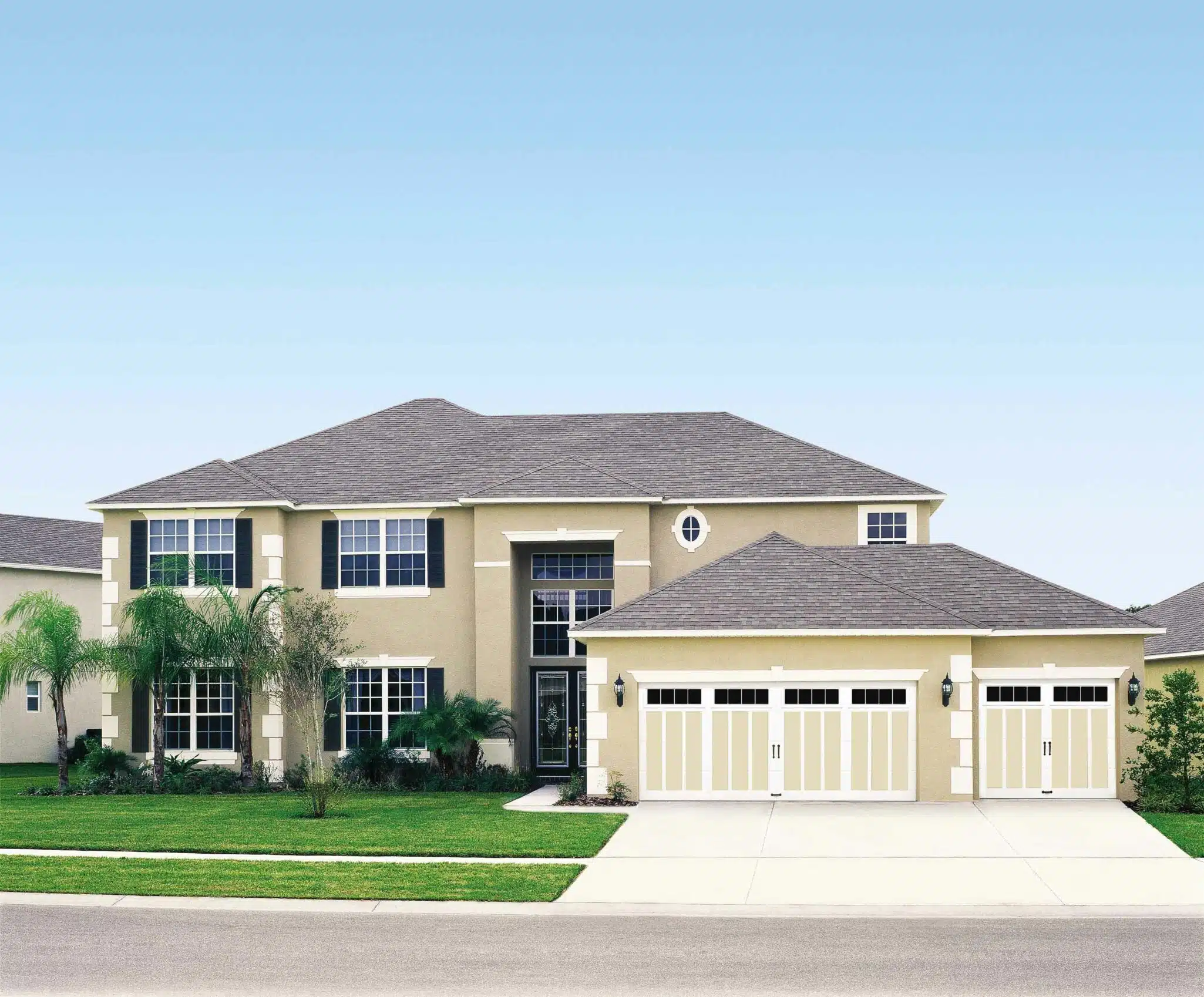
Conversely, opting for a contrasting color can turn your garage door into a striking focal point. This approach works particularly well for homes with neutral exteriors where a bold color like deep blue, rich red, or even a vibrant teal can add a dash of excitement and personality. This strategy not only highlights the garage door but also breaks up the monotony, adding visual interest to the facade.
Moreover, the finish of the paint can also influence perception. A glossy finish might add a modern touch, reflecting light and drawing the eye, whereas a matte finish can lend a more sophisticated and understated look.
Express Yourself with Your Garage Door Color
Your garage door’s color is not just a functional choice but a personal statement. Choose a hue that resonates with your style preferences and emotional needs, transforming a simple utility into a testament of your individuality and taste.
Through thoughtful selection, your garage door can do more than secure your home—it can elevate it, reflecting your unique style and enhancing your everyday mood. Choose wisely, and let your garage door speak volumes about your personal aesthetic.
FAQs
Choosing the right color for your garage door enhances your home’s curb appeal and reflects your personality, setting the tone for your entire property.
A red garage door conveys vibrant energy and passion, suggesting that the homeowner loves to stand out and embrace life’s adventures.
A blue garage door evokes serenity and stability, creating a tranquil atmosphere that can make a home feel like a peaceful sanctuary.
A black garage door represents sophistication and strength, making a dramatic statement that complements modern architectural styles.
A white garage door resonates with purity and simplicity, often creating a perception of spaciousness and meticulous order.
Colors like bright yellows or earthy greens can enhance mood by invoking feelings of happiness and tranquility, respectively, affecting how both homeowners and visitors feel.
Soft grays are ideal for minimalist designs, providing a modern, neutral backdrop that promotes a calm and collected atmosphere.

